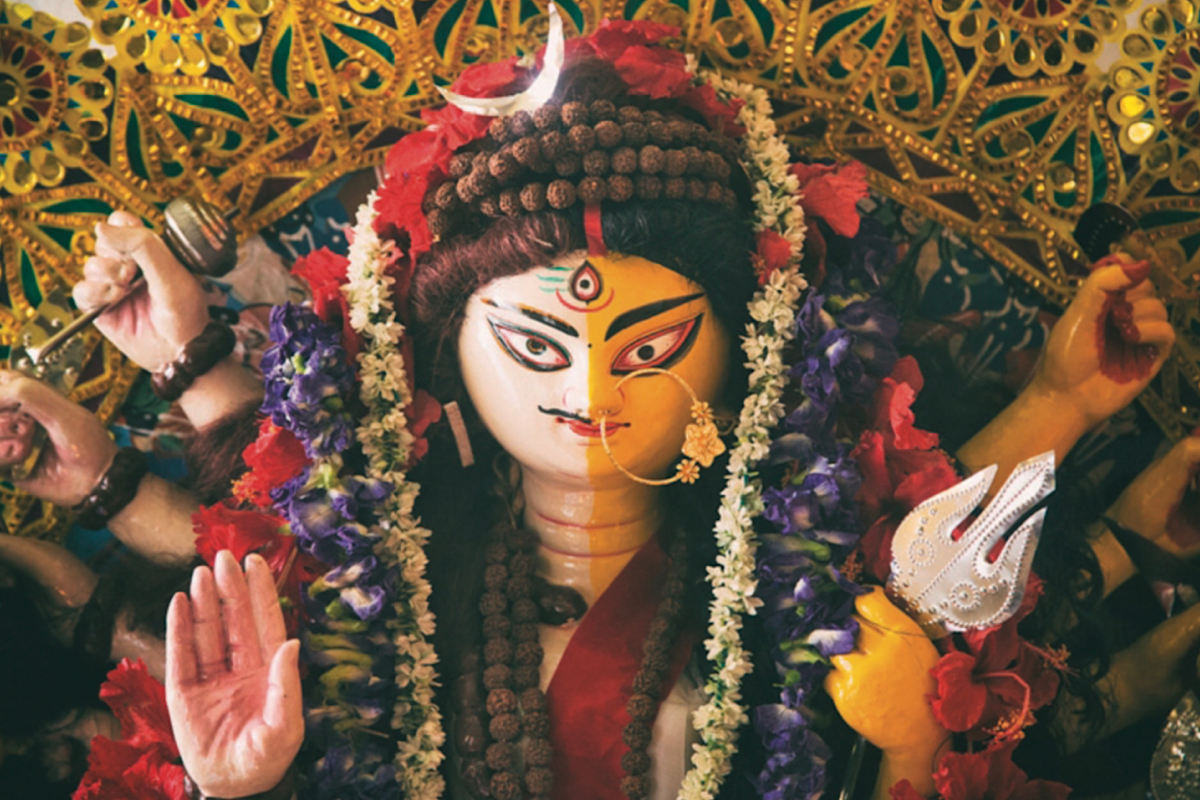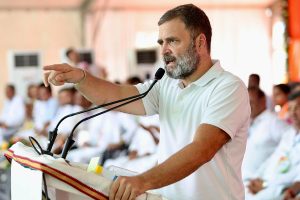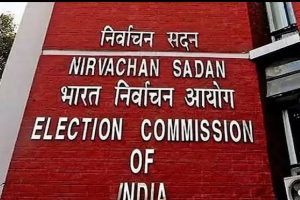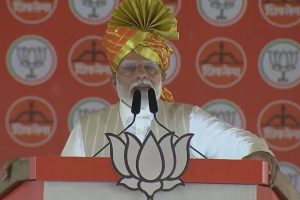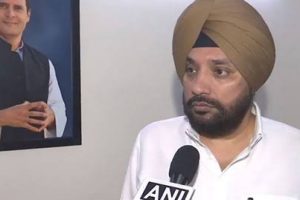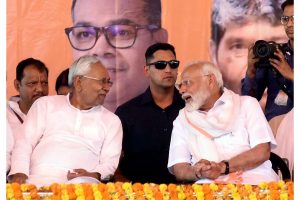“Am I to blame for being a standout creation, Maa?” whispers a young girl to herself, stationed by a colossal pandal in an audacious shade of turquoise. Amidst the raucous symphony of dhaaks, the fragrant wafts of incense and dhuno, and the aroma of street food, the bustling crowd creates quite the uproar. For reasons unbeknownst to her, the girl is barred from stepping inside the splendid structure that houses Maa Durga.
For trans and intersex individuals, the annual celebration of Durga Puja has historically been a painful reminder of their exclusion from a cultural cornerstone. Their struggles for acceptance and recognition have often left them on the sidelines, watching a festival that should symbolise unity and togetherness unfold without them. The resonance of their experiences has gone unheard, their presence unnoticed. This stark marginalisation has perpetuated a cycle of societal ignorance and discrimination. In the midst of this challenge, a glimmer of optimism shines through.
Recent years have seen a noticeable shift in awareness and attitude. Communities are recognising the imperative of inclusivity, understanding that every person, regardless of their gender identity, deserves to be front and centre in this celebration. Gradually but surely, the voices and narratives of trans and intersex individuals are taking their rightful place in the jubilant chorus of Durga Puja.
“For years, I felt like an outsider during Durga Puja, as if the celebrations were meant for everyone but me. The stares, the whispersit was a painful reminder of how society viewed me. However, it appears that nowadays, people are growing increasingly considerate and unreserved. The local puja committee has even tasked me with weaving garlands this year. It’s heartening to witness this positive shift,” says Ronita, an inter-sex individual.
“The transformation I undergo during Durga Puja is both external and internal. I shed the layers of societal judgement and embrace my true self. It is a powerful statement that says, ‘I am here, and I belong,'” says Payel, a transwoman.
In a yesteryear, during Durga Puja, a striking manifestation of divinity took the form of an idol representing Ardhanarishvara. This unique idol, known for its depiction of both Lord Shiva and Parvati in a harmonious union as one, served as a profound symbol of gender fluidity and inclusiveness. It stood as a testament to the ancient wisdom embedded in the celebration, underscoring the idea that spirituality transcends gender and embraces the interconnectedness of all human experiences. The veneration of Ardhanarishvara within the Durga Puja tradition was a powerful statement, reminding us of the timeless importance of acknowledg- ing and embracing diverse identities within our communities.
This year, with tradition and modernity waltzing hand in hand, Durga Puja revelries sport an extra pop of colour and a sprinkle of inclusivity. The trans and intersex community of the city is striding out in full splendour, adding a dose of diversity to the festivities. It’s a tribute to the tenacity and fortitude of these individuals, who persist in their fight for a well-deserved spot in Kolkata’s cultural and ethnic mosaic.
“Durga Puja was once a painful reminder of my ‘otherness’.
But now, as I am to dance in the pandal on Maha Navami, I feel a sense of freedom and acceptance that I never thought possible. It is a beautiful revolu- tion of love and understanding,” says Laila, a transgen- der dancer.
Talking to The Statesman, Dr Santosh Giri, founder of Kolkata Rista (a trans collective) said, “We shall organise a sindoor khela for all this Durga Puja. Blankets will also be distributed among HIV positive individuals. Through these endeavours, we hope to infuse the celebrations with a spirit of empathy and togetherness, embodying the true essence of Durga Puja.”
The response from the broader community is also overwhelmingly positive. People are not only appreciating the efforts of the transgender community but also actively participating in the celebrations. Many are joining hands to support initiatives that aim to empower transgender individuals through education, skill development and employment opportunities.
“The essence of Durga Puja lies in its grand festivities, joyful revelry and above all, inclusivity. The incorporation of transgender individuals into the festivities marks a significant stride towards fostering a more inclusive and equitable celebration.
This inclusion offers them the chance to partake in the festivities just like any other individual, transcending barriers and championing acceptance and diversity within the community.
By welcoming all, regardless of their gender identity, we pave the way for a more harmonious environment where everyone feels valued and celebrated for who they are,” says Sitangshu Mondal, a software engineer. Evolving from its origins as an exclusive event for the aristocracy during Naba Krishna Deb Bahadur’s era to becoming an inclusive celebration open to people from all walks of life, Kolkata’s Durga Puja has come a long way. As the winds of change sweep through the colourful streets of Kolkata during Durga Puja, it is evident that the inclusivity revolution is in full swing.
The plight of trans and intersex individuals, once a haunting melody of exclusion, is now evolving into a powerful chorus of acceptance and recognition. With each passing year, Durga Puja becomes a beacon of hope, illuminating the path towards a more inclusive, compassionate, and understanding society. So, as we bid adieu to this year’s celebrations, let us celebrate not only the goddess’ triumph but also the remarkable vic- tory of love, acceptance and resilience. After all, in the city of joy, transformation is not only a possibility; it is a tradition.

